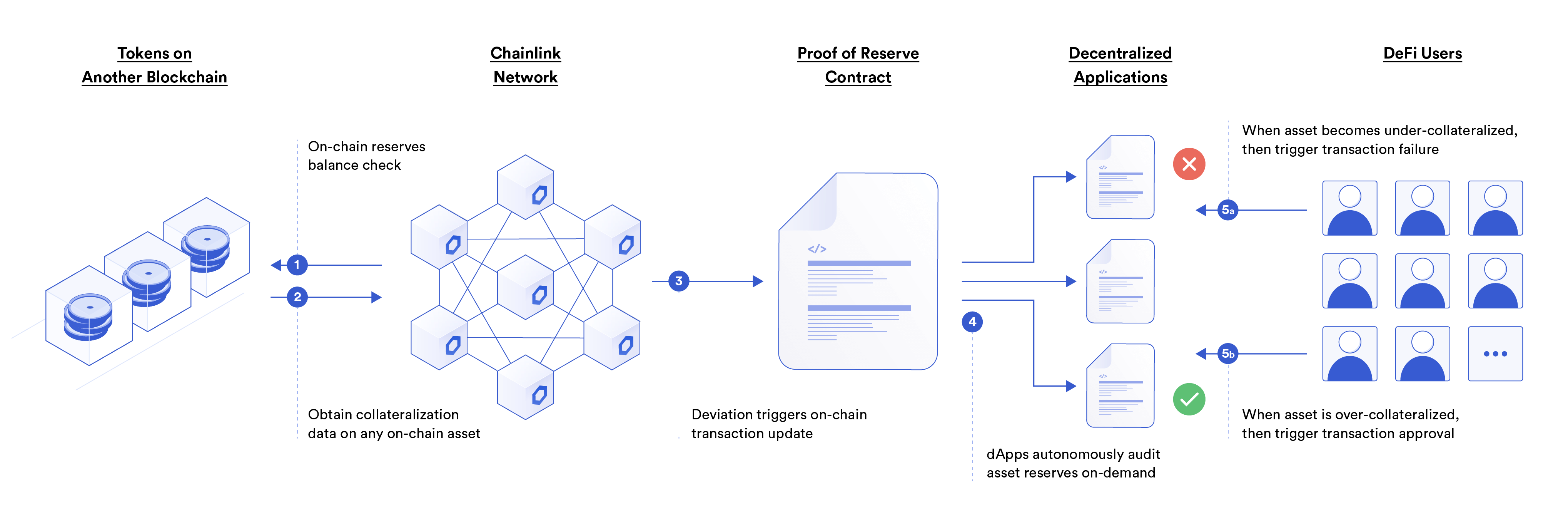The proof of Reserve is considered the new norm for self-regulation in the Crypto industry. In the wake of the recent liquidity crunch and possible insolvency issue of the cryptocurrency exchange platform FTX, the CEO of cryptocurrency exchange platform Binance urged other cryptocurrency platforms to disclose their proof of reserves statement.

The CEO of Binance stated that they will start this process, by publishing proof of Reserve from them after urging all crypto exchanges to do the same so that the Crypto market will be stabilized and the trust factor in the Crypto market will be alive.
The action of issuing the proof of Reserve is considered to be a scrambling path for many people exchanges as the market is already witnessing the fears of insolvency and liquidity crunch at FTX.
Following the request of cryptocurrency exchange Binance, around 9 platforms in the last 24 hours have separately issued a public statement that they would soon publish their proof of Reserve statements to all their retail investors on their respective platforms. The 9 platforms that announced these public statements are Binance, OKX, KuCoin, Bitget, Poloniex, Huobi, Deribit, Bybit, and Gate.io.
The cryptocurrency platforms like Binance and KuCoin have stated that they will take one month period to publish the proof of reserves statements. This statement by both these platforms is considered a risky move in the Crypto market as the Crypto market is already witnessing unstable conditions after the FTX collapse.
How the “Proof-of-Reserves” statement is made?
The proof of reserves is made with the help of the “Merkle tree” which shows all the statistics in a systematic and full-proof record to anyone who wants to analyze these numbers and evaluate the performance of that statement and the platform.

This Merkle tree is also used in the data structure for all computer science applications this Merkle tree serves as an encoder of blockchain data and stores all the user records, which have been stored in the form of binary trees with the platform and in the Merkle tree.
All this data is then stored in a centralized Crypto exchange where all the user’s assets are recorded with the help of a centralized ledger and database. This ledger database is then evaluated with all the of the user’s assets at the platform.
With the help of the Merkle tree platforms store the user’s data in the form of the hash value of assets as the “leaf nodes” in the Merkle tree. The second step after storing this data in the leaf node is the audit those assets and the process of audit and verification of the user holding is done by the third-party organization. This audited report by a third-party organization is called proof of reserves of that platform.











